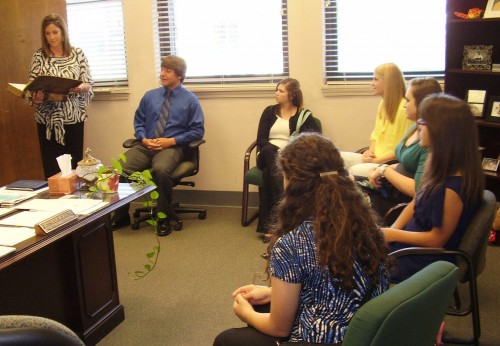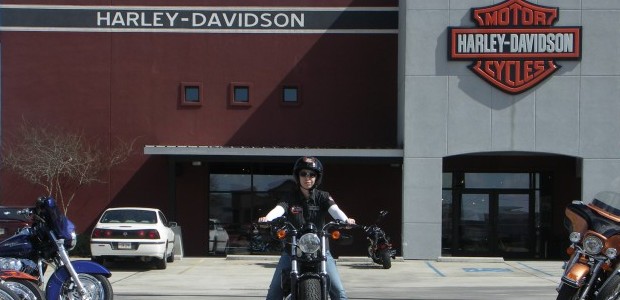
Thibodaux’s Government Day developing future leaders
May 9, 2012
Harley’s rolling into Houma in 2013
May 9, 2012Teche Action Clinic added another $500,000 to its coffers courtesy of a grant from the U.S. Department of Health and Human Services. The money was made available via the Affordable Care Act.
The facility’s CEO, Dr. Gary M. Wiltz, said the grant will fund the new satellite site in Morgan City. Located across from the city’s junior high, the building is the old Russo Clinic. “It’s an awesome building but it really needs a lot of work,” he said.
Staff at the site began treating patients in January. The clinic operates from 7:30 a.m. to 5 p.m. Monday through Thursday and 8 a.m. to noon on Friday.
With the grant, Wiltz said dental and mental health care can be added to the clinic’s services.
“We took a step of faith and opened a scaled-down version of a satellite clinic in Morgan City in January,” he explained. A family nurse practitioner was the lone employee. “The response was overwhelmingly surprising.”
The Teche Action Clinic – designated a federal qualified health center and, earlier this year, as a primary care medical home by the Joint Commission of Hospital Accreditation – has been serving the Tri-parish area since 1974. The first center opened that year in Franklin. Since then, it has grown to include seven satellite clinics: Houma, Dulac, Pierre Part (Assumption Parish), Edgard and Reserve (St. John), and a school-based clinic at West St. Mary High in Baldwin.
The clinics provide services based on a sliding scale, and are governed by 15-member board of directors.
In the coming months, Wiltz said the Morgan City facility will continue to undergo a transformation, including the installation of an elevator.
“We’re looking at adding the dental and mental health services as well as increasing our lab services,” he said. “We’ll also increase our lab services, in addition to fixing quite a number of plumbing problems.”
One problem the grant will not alleviate is a shortage of physicians.
Wiltz said despite competitive wages, paid vacation and a 401K, the clinic has difficulty attracting needed doctors.
“It’s not just us,” he said. “A nationwide trend shows that the country is about 20,000 to 35,000 short on medical providers, so recruiting gets more and more difficult.
“The other day, I got a phone call from a friend who offered me $5,000 if I could find someone to staff one of his clinics,” Wiltz added. “It’s really tough.”
Kathleen Sebelius, secretary of the state DHHS, lauded the work performed at Teche Action Clinic. Community health services across the country provide “a major source of care that ranges from prevention to the treatment of chronic diseases.”
“This investment will expand [Teche’s] ability to provide high-quality care,” she said.
Likewise, Tom Van Coverden, president and CEO of the National Association of Community Health Centers (NACHC), said, “Every penny of this new investment brings real benefits for residents. It means working families will have improved access to an effective primary care model where the care is locally-directed and patient-driven,” he said. Centers such as the clinic “stand ready to build a stronger primary care foundation that delivers both excellence and lower health care costs.”
Community health centers treat more than 20 million people in 8,000-plus communities, Wiltz estimates. Health care centers got their start during President Lyndon Johnson’s administration in 1965 as part of his war on poverty.
The clinics are designed to empower communities with local boards and local people to try to solve health care problems, while being good stewards of federal money, Wiltz said.
“When you’re a good steward of federal dollars, and you’ve done the work, and you see the fruit of your labor, well that is truly a blessing,” he said.
Wiltz said many of Teche Action Clinic’s patients have no insurance, making the challenge of stewardship that much harder.
“More than half of our patients are uninsured,” he said. “Many are working people who just don’t make enough money to afford insurance.
“We save the United States health care system more than $18 billion a year by providing affordable, preventive health care to low-income, uninsured people who may rely on hospital emergency rooms as a source of care,” he said. “That’s vital to our communities.”









